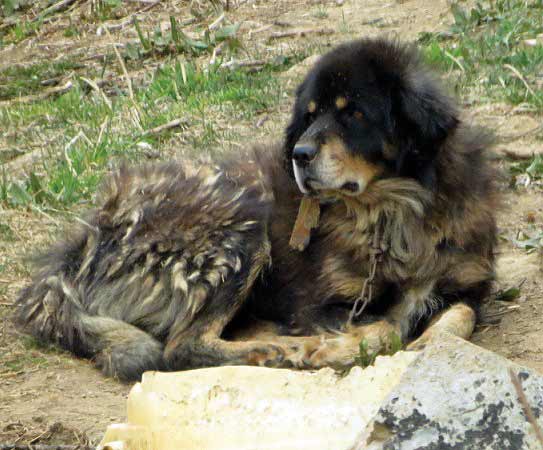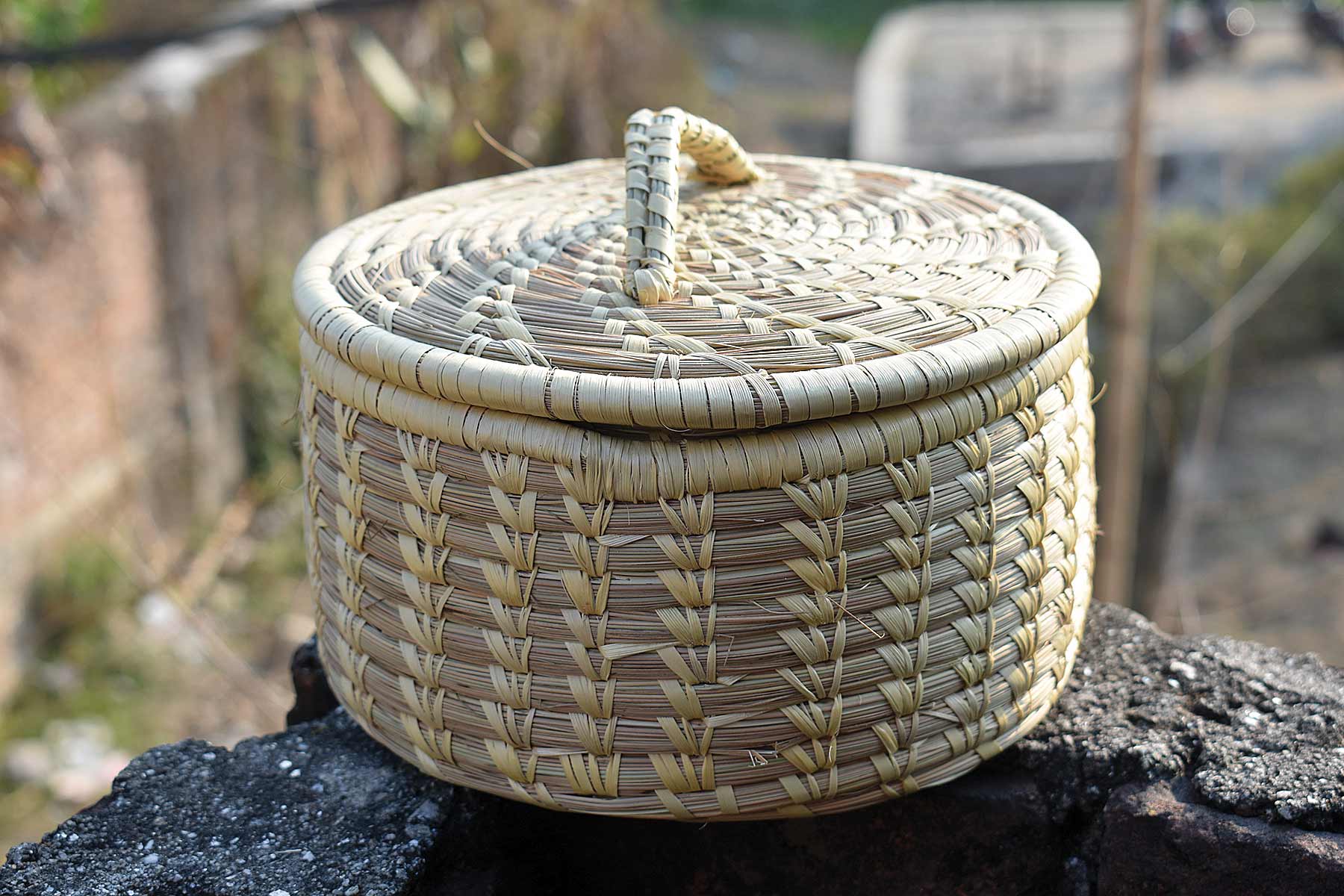Thulakot is a quick fix for those who are infected with the obsession to get closer to the mountains.
A boat or two were silhouetted on the inky waters of Begnas Tal (lake). The only sound was the soft rubbing of the fishing
nets against the boat as the fi sherwomen gently drew them out of the water. To the east, the yellowing of the tips of
blue hills signaled the ascent of the sun. Rising above all this, in the north, were the mountains, their tips gilded
by the day’s fi rst light. Thus had been the scene from Begnas Tal, which lies 15 kilometers east of Pokhara, the day
before. On this particular morning, we could not resist the urge to get closer to the mountains, so we set off for the last
hill from behind which the mountains seemed to rise. Eyes searching for the mountains through gaps in the columns of Sal trees, we walked quickly, eager to get closer to the mountains before clouds would conceal them.
The trail was a light brown line snaking through a russet hillside of fallen leaves. The only green was on the trees and down the hill slope where the green waters of the Begnas Tal lapped the shore. Walking on the carpet of brittle leaves was noisy, the sound amplifi ed by the morning quiet. We often spooked foraging jungle fowl, setting off a fusillade of feet scurrying on the crunchy jungle fl oor. Little villages, seven or eight households strong, would appear sometimes as we came out into a clearing. They broke the monotony of the color and sound of the jungle trail.
The scenes were of idyllic village life: roosters beating their wings to warm up for the day; men in Dhaka caps walking up hills, hands behind their backs; women chatting as they worked. On some porches wizened old ladies sat warming themselves in the sun. Basking, too, in the sun were Machhapuchhre, Annapurna II, and Lamjung Himal. A series of ridges below them was our destination: Thulakot.
The trail abruptly merged with a paved road. Two women, slightly bent under loads on their backs, were deep in
conversation. They did not even noticethe long lens of a camera pointed at them. Nischal, my companion and an avid photographer, clicked the duo as I asked a lady running a teashop for directions. She pointed to the trail below a
forest and said it would take us another two hours to get to Thulakot., After laboring up a long fl ight of stone steps, we entered the forest. There, to our delight, we found ourselves in the midst of gooseberry bushes laden with fruit. Like hungry animals, we moved from bush to bush, gorging on the succulent berries.
Walking toward a particularly tempting bush, I startled a flock of jungle fowl, causing a kerfuffle as the birds fl ed downhill. Surprisingly, a jungle cock fl ew up toward me and settled on a small tree. Perhaps he had come to investigate the source of the disturbance. A brave bird, I thought. Equally admirable was his colorful and lustrous plumage. Then he dove down to where a couple of swooning hens must have awaited him. After climbing another ten minutes,we arrived at a small Kali temple. Two more hills later we arrived in the shade of a 500-year-old tree—or so someone had painted on it.
The tree certainly looked ancient. Behind it the peaks were sparkling in the morning sun. The sight was a visual representation of the statistic that hills and mountains comprise 83% of the total area of Nepal. Meticulously terraced fields colored with various crops fell away into the distance. Behind them were barren hills and beyond them the hypnotic sight of the Fish Tail and the Black Tent, Mount Machhapuchhre and Annapurna II respectively. With these giants in sight, it was never possible to be content with the height on which one stood. As we began our walk down from Thulakot toward Begnas Tal, Nischal, who must have taken well over a hundred photos that morning, wondered how far away the mountains were from Thulakot.
He was contemplating going further. “I’d say at the most there are four more hills between here and the mountains,” he said. He was hooked to the mountains already. And he was not alone. ‘The Fisherman’s Hook’ and ‘Black Magic’ seemed more apt names for the mountains.











